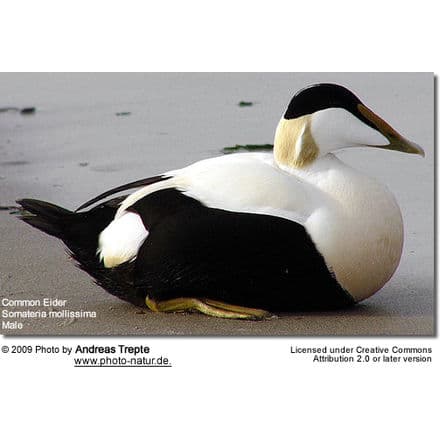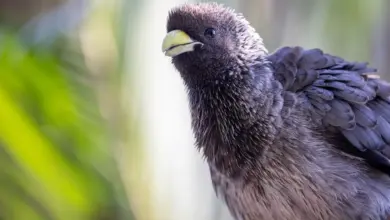Maleos
Megapode Information … Megapode Photo Gallery
The Maleos, Macrocephalon maleo, is the only member of the monotypic (one single species) genus Macrocephalon.
Distribution / Range
The Maleos is endemic to the Indonesian island of Sulawesi.
Description
A Maleos are medium-sized (approximately 55cm long) blackish megapode with bare yellow facial skin, reddish-brown iris, reddish-orange beak and rosy salmon underparts. The crown is ornamented with a black helmet casque. The greyish blue feet have four long sharp claws, separated by a membranous web. The sexes are almost identical with a slightly smaller and duller female.
Breeding / Nesting
It is found in the tropical lowland and hill forests, but nests in the open sandy areas, volcanic soils or beaches that are heated by the sun or geothermal energy for incubation. (There are also megapode species that use fermenting compost to incubate their eggs.)
The Maleos egg is large, about five times as large as that of the domestic chicken’s. The female lays and covers each egg in a deep hole in the sand and allows the incubation to take place through solar or volcanic heating. After the eggs hatch, the young birds work their way up through the sand and hide in the forest. The young birds are able to fly and are totally independent. They must find food and defend themselves from predators such as lizards, pythons, wild pigs or cats.
The Maleo is monogamous, and members of a pair stay close to each other all the time.
Diet / Feeding
Its diet consists mainly of fruits, seeds, ants, termites, beetles and other small invertebrates.
Status
Since 1972, this species has been protected by the Indonesian government. Due to ongoing habitat loss, limited range, high chick mortality rates and overhunting in some areas, the Maleo is evaluated as Endangered on the IUCN Red List of Threatened Species. It is listed on Appendix I of CITES.
In 2009, US-Based Wildlife Conservation Society worked with local government to purchase 36 acres (150,000 m2) of beach front property where approximately 40 nests are located in an effort to further conservation efforts and protect this bird (Ref: Bizarre bird gets private beach in Indonesia).
Conservation
The Alliance for Tompotika Conservation works with communities in Sulawesi to educate locals about the Maleo’s endangered status and prevent the harvesting of eggs. The eggs are not a staple food source, but are a popular delicacy.
In June 2001 Marc Argeloo wrote a non-fiction novel (in Dutch) on the conservation of megapodes in general, and Sulawesi’s Maleo in particular. His book was received very positively in the Dutch press .
References
- BirdLife International (2004). Macrocephalon maleo. 2006. IUCN Red List of Threatened Species. IUCN 2006. Retrieved on 5 May 2006. Database entry includes justification for why this species is endangered
Copyright: Wikipedia. This article is licensed under the GNU Free Documentation License. It uses material from Wikipedia.org … Additional information and photos added by Avianweb.
Please Note: The articles or images on this page are the sole property of the authors or photographers. Please contact them directly with respect to any copyright or licensing questions. Thank you.



